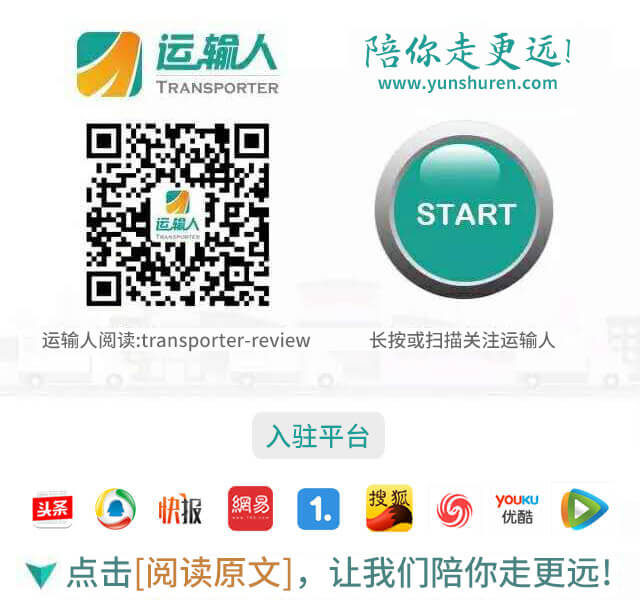BEIJING – China has issued its own classification for different levels of automated driving, according to a new national standard released by the Ministry of Industry and Information Technology (MIIT).
The Taxonomy of Driving Automation for Vehicles, published on MIIT's website on March 9, will be seeking public opinion for a month until April 9 and officially go into effect January 1, 2021.

Like SAE's Level 0-5 automation popularly used by the global auto industry to specify different levels of automated driving, the new standard also specifies five levels of automation from Level 0 to Level 5. It is one of the base standards for China's intelligent connected vehicle (ICV) standards system and provides support for the country's issuance of future laws, regulations and compulsory standards related to automated driving.

Here's a rundown of the six levels of automation as specified by the Taxonomy.
Level 0 Driving Automation (Emergency Assist)
Driving automation system cannot continuously execute longitudinal or lateral vehicle motion control of dynamic driving tasks (DDT), but is capable of continuously executing partial object/event detection & response (OEDR) capability during DDT;
Level 1 Driving Automation (Partial Driving Assist)
Driving automation system responsible for continuously executing lateral or longitudinal vehicle motion control of all dynamic driving tasks (DDT) under specified operational & design conditions (ODC), and is capable of continuously executing partial object/event detection & response (OEDR) capability during lateral or longitudinal vehicle motion control;
Level 2 Driving Automation (Combined Driving Assist)
Driving automation system responsible for continuously executing lateral and longitudinal vehicle motion control of all dynamic driving tasks (DDT) under specified operational & design conditions (ODC), and is capable of continuously executing partial object/event detection & response (OEDR) capability during lateral and longitudinal vehicle motion control;

Level 3 Driving Automation (Conditional Automated Driving)
Driving automation system responsible for continuously executing all dynamic driving tasks (DDT) under specified operational & design conditions (ODC);
Level 4 Driving Automation (Highly Automated Driving)
Driving automation system responsible for continuously executing all dynamic driving tasks (DDT) and DDT fallback under specified operational & design conditions (ODC);
Level 5 Driving Automation (Fully Automated Driving)
Driving automation system responsible for continuously executing all dynamic driving tasks (DDT) and DDT fallback under all operational & design conditions (ODC).

The draft of the Taxonomy took about three years to complete since the project was initiated in early 2017, and was submitted for approval in January 2020.
Nearly a dozen Chinese and foreign automakers as well as institutions was involved in the drafting of the new standard, including Chang'an Automobile, China Automotive Technology & Research Center (CATARC), GAC Group, Geely, Dongfeng, BMW China, Dongfeng Commercial Vehicle, Zhejiang Asia Pacific Mechanical & Electronic (APG), Volkswagen China, Neusoft Reach and Ford China.
Chang'an and CATARC, in particular, led the project.

